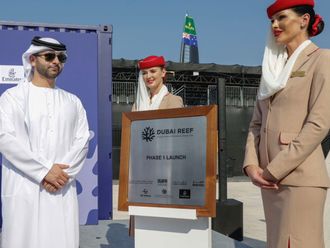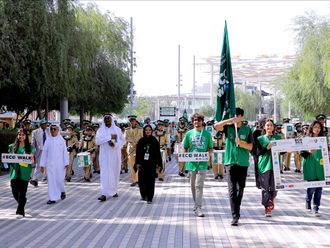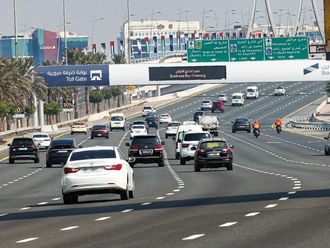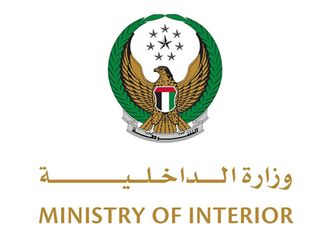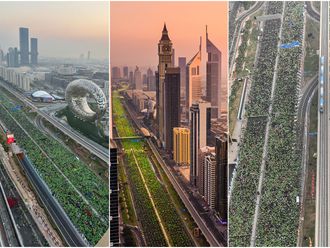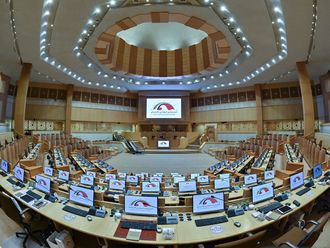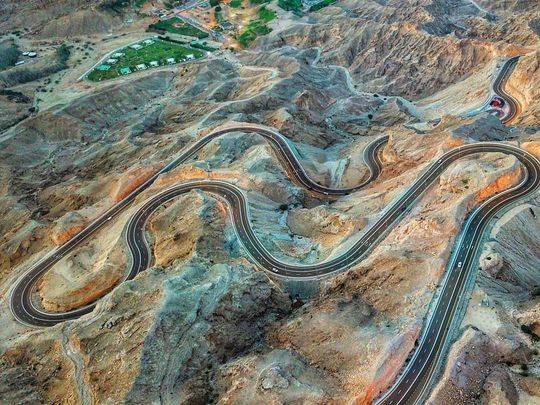
Al Ain: The GCC has declared Al Ain as the capital of Gulf tourism for 2025 - and with good reason.
A place where lush oases and rich history merge, the emirate is a great destination for anyone who wants to venture outdoors, especially during the winter months.
Home to Jebel Hafeet, Abu Dhabi’s highest peak and the UAE’s second tallest that stands at 1,249 metres high, Al Ain is a treasure trove when it comes to scenic attractions.
Al Ain boasts lush oases, nourished by the ancient falaj irrigation system (plural aflaj) and other channels, such as Al Ain Distribution Company’s water networks and wells. Palm oases laden with fresh dates cover large areas, while the outskirts of Al Ain are outlined with green farms.
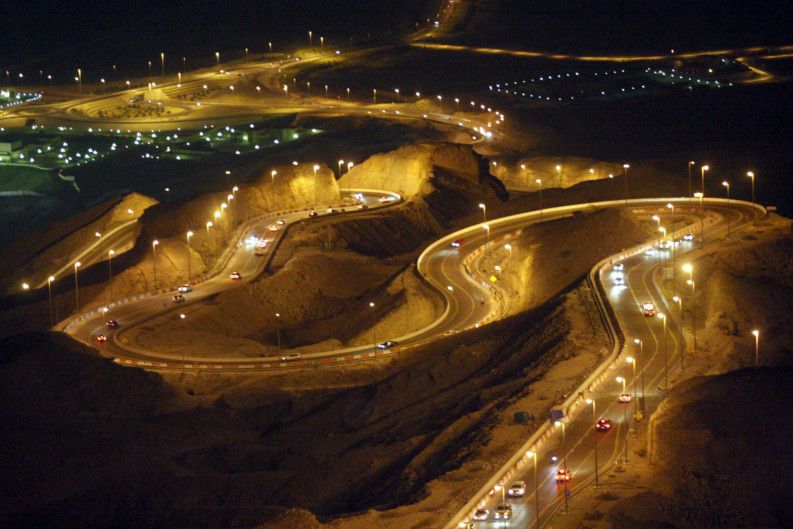
Known for its roses and flowers, Al Ain and the surrounding hills shine with lush greenery. Al Ain Oasis is the largest oasis in the emirate, and has been a UNESCO World Heritage Site since 2011. It was officially opened to the public in 2016 with the construction of an educational Eco-Centre and an extensive system of shaded pathways that wind through some 147,000 date palms, consisting of more than 100 varieties, as well as fodder crops and fruit trees such as mango, orange, banana, fig and jujube (known locally as sidr).
Al Ain Oasis has various facilities including the Eco-Centre, Oasis Garden, Miniature Oasis and Falaj Exhibition.
The Eco-Centre is an eco-friendly building which acts as a time machine in taking us from the present back into the past. It has interactive screens and educational activities.
The Oasis Garden is divided into three sections, each displaying plants found in traditional oasis farms.
The Miniature Oasis is a scale model of Al Ain Oasis which illustrates how and why it was built. You can see the distribution of water from the aflaj irrigation channels and the forts built for protection that surround the oasis.
Al Aflaj system
The water supply to the oases comes from wells and the falaj, which brings water from the mountains to the farms via a complex system of underground and surface channels.

Aflaj irrigation system is a unique feature of the UAE’s eastern mountains and desert plains. Their spread has earned Al Ain the title “City of the Seven Aflaj”, which are Al Aini, Al Dawoodi, Mutaredh, Muwaiji, Jimi, Qattara, and Hili.
The city houses the largest number of aflaj in the UAE. Al Aini and Al Dawoodi are the two main aflaj serving Al Ain Oasis, while the rest supplied oases with the same name.
The aflaj system was discovered and used for the purposes of irrigation for more than 1,000 years where a main irrigation channel was discovered near an archeological site close to Hili Park that dates to the first half of the first 1,000 BC.
There were about 300 aflaj in Al Ain, of which 27 aflaj exist with depths that range between 90 to 95 feet from the ground surface. Al Aflaj in Al Ain feeds the oasis connected to it with sufficient water for palm tree cultivation.
The Al Ain City Municipality supervises the aflaj and oases within the city, following up on irrigation, maintenance, and cleaning. It ensures water is equally distributed among the palm farms to preserve the sustainability of the oases and maintain their heritage and historical importance.
Al Ain Zoo
Al Ain Zoo offers an ideal destination that caters to all segments of the society, particularly children, through an array of activities such as Children’s Discovery Garden, seasonal camps, and the Children’s Zoo.
The Children’s Exploration Garden provides an interactive and educational experience that engages children’s senses, including a fossil area, where children discover the remains of extinct animals. An interactive play area offers entertaining and scientific games.
Other forms of edutainment involve water, sand and sensory games that encourage children to be physically active.
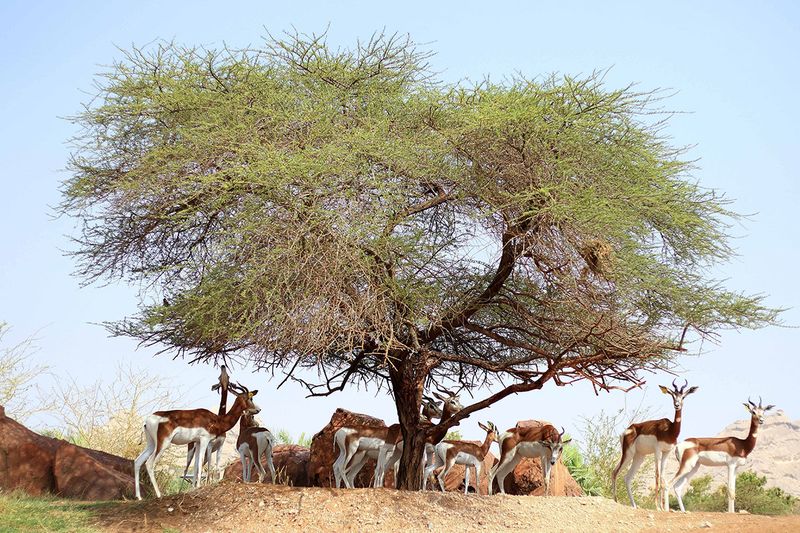
The Children’s Zoo enables young visitors to engage with animals through pony and camel riding and bird feeding. Children also learn about the different types of animals firsthand.
Transparent enclosures are home to indigenous and exotic species, including the Arabian oryx, the big-horned Barbary sheep, rhinos, hippos, tigers, lions and more.
Al Ain Zoo has been a leading institution in preserving, breeding and providing the best care possible for endangered species for over 50 years.
Propagation programmes of the Arabian Oryx, one of Al Ain Zoo’s most successful programmes, assisted in changing its classification on the International Union for Conservation of Nature s (IUCN) Red List of threatened species from ‘extinct in the wild’ to ‘near threatened’.
Hili Archeological Park
Hili Archaeological Park is the largest Bronze Age site in the UAE. It was developed to highlight the ancient monuments of Al Ain and to make them easily accessible to visitors. Most of the monuments are of the Umm an-Nar period which dates from about 2500 BCE to 2000 BCE and is named after the island near Abu Dhabi on which remains of this important culture were first discovered
Its centrepiece is Hili Grand Tomb dating to about 2000 BCE. Built in a circular form with a diameter of up to 12 metres, and approximately 4 metres high, the tomb was used for the burial of people from the surrounding settlements.


